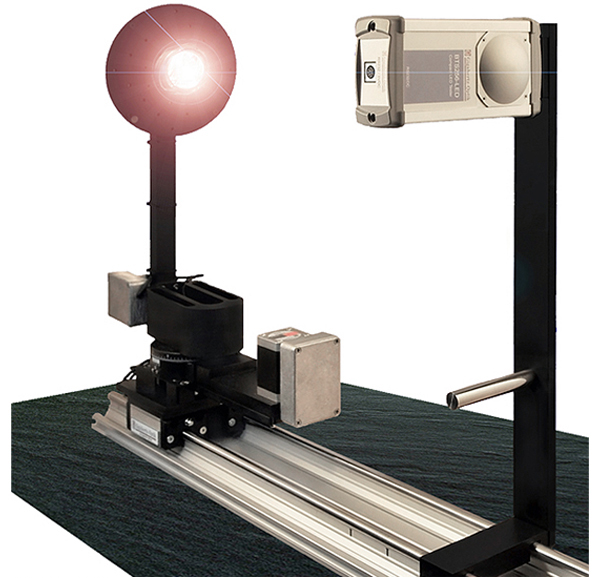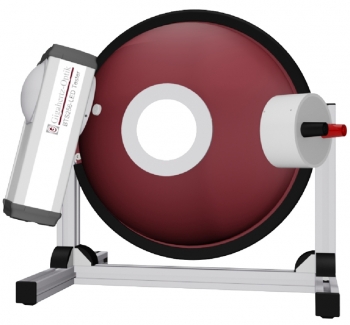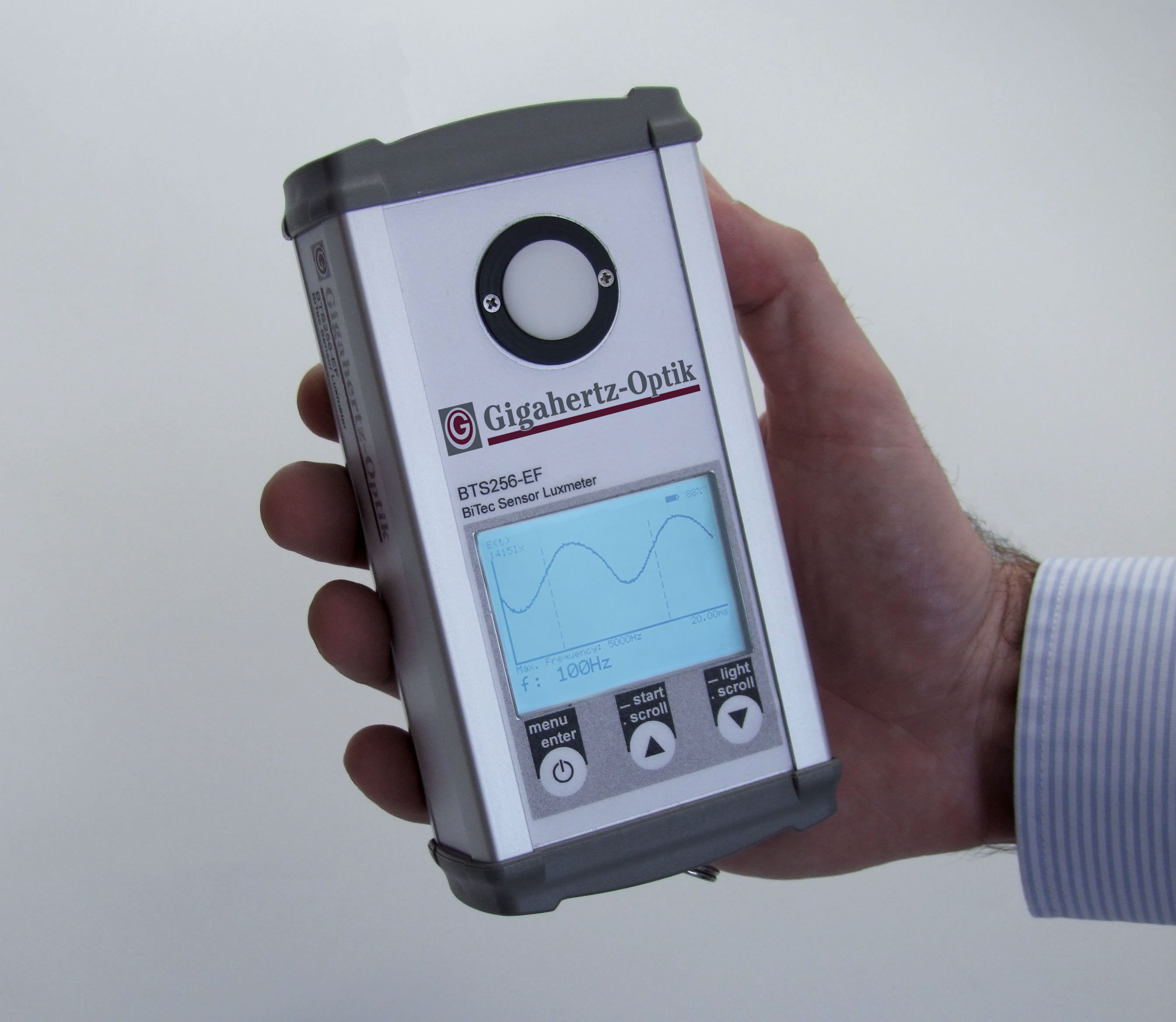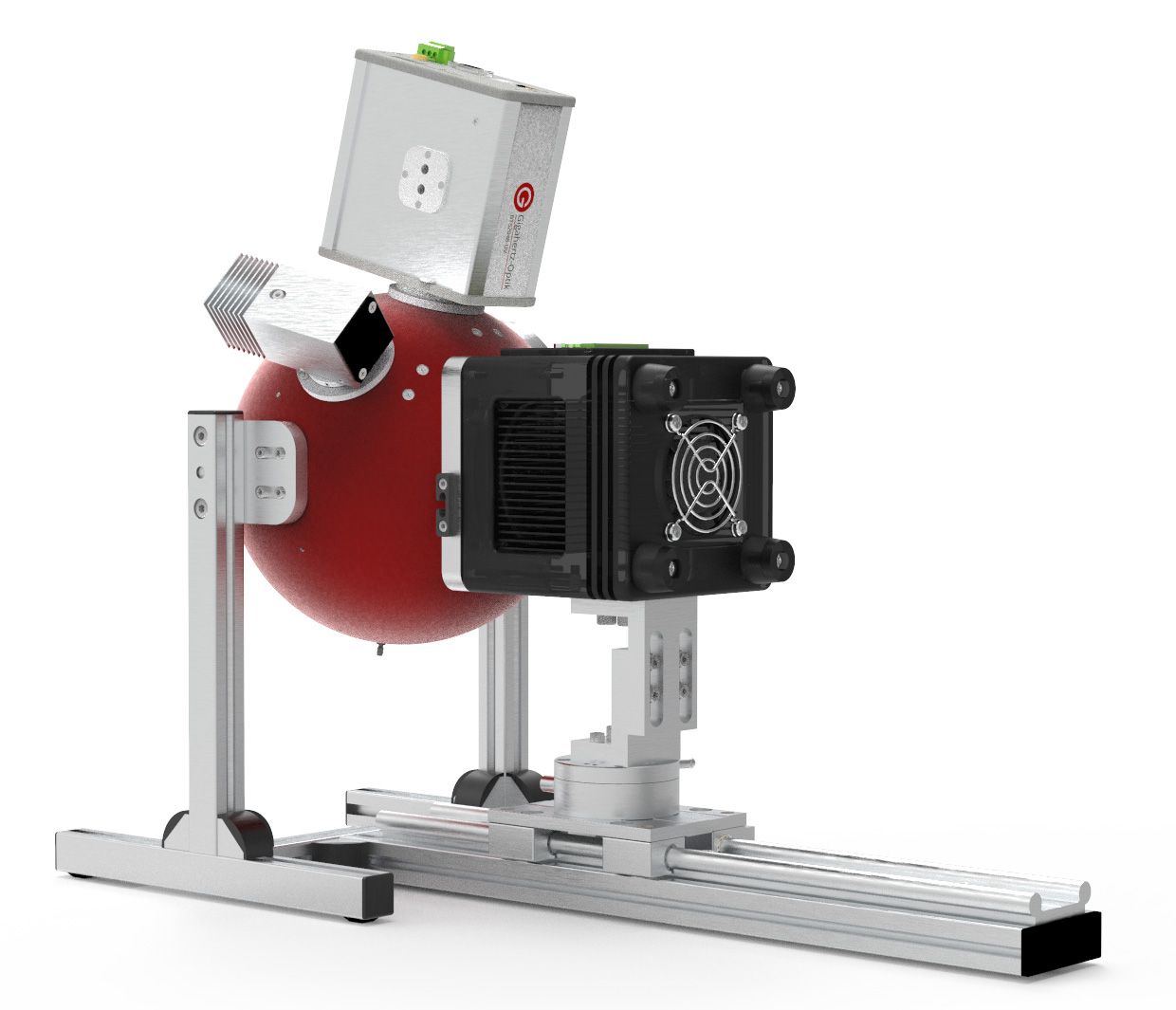Precise, Accurate, In-Situ Measurement of LED Performance (UV, VIS, NIR)
The BTS256-LED Spectroradiometer is the ultimate solution for professionals seeking accurate and efficient characterization of LEDs and LED based products.
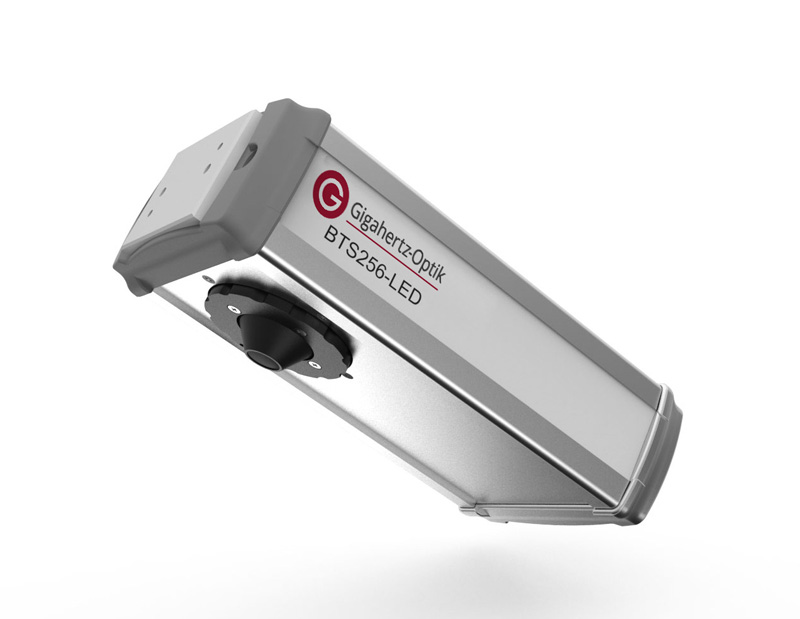
Choose the industry standard setter.
Cutting-Edge Precision and Reliability for Advanced LED Testing
-
Comprehensive Measurement Capabilities
-
Ensuring precise and reliable data
-
Compact Design for Versatility
-
User-Friendly Software

Compact UV, VIS and NIR LED Tester
This portable device provides performance! Precise, in-situ testing for UV, Visible, and NIR LEDs directly on PCBs. It features a small integrating sphere with a cone-shaped measurement port and an auxiliary lamp for self-absorption correction. Key capabilities include:
- Accurate Measurements: Spectral radiant power, peak intensity, wavelength, and spectral distribution.
- Radiant power: 1 µW to 10 W (version-dependent)
- Spectral range: UV (200–550 nm), VIS (360–830 nm), NIR (750–1050 nm).
- Traceable Calibration: Ensures accuracy and repeatability
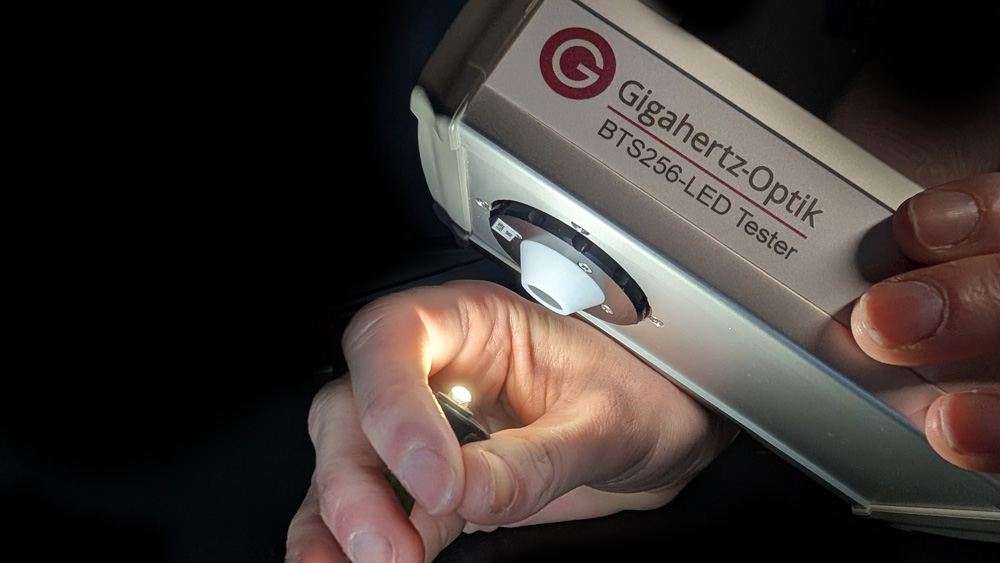
Versatile spectroradiometer for precise LED measurements
- Goods-in inspection of individual LEDs
- Quality assurance of assembled LEDs in production processes
- Research and development testing
- Precision bayonet mount for interchangeable conical ports and accessories
- Add-on options include large integrating spheres and goniometers
Compact, with Powerful Features
- Internal integrating sphere
- BiTec sensor (CMOS diode array and broadband photodiode)
- Remote controlled auxiliary lamp and shutter
- Fast data logger for radiant power / luminous flux
- Application software for data analysis + SDK support

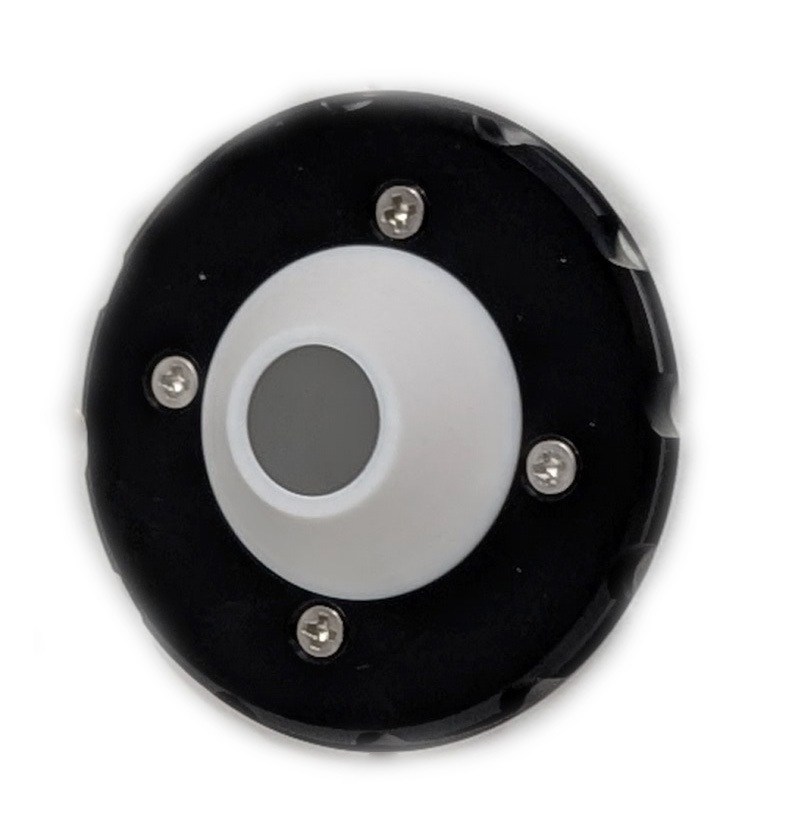
The conical measurement port allows direct LED under test measurements in 2π geometry
Specifications:
| BTS256-LED | Spectral range: (380 - 830) nm Luminous flux: 10 mlm - 1100 lm |
|---|---|
| BTS256-LED-UV | Spectral range: (200 - 550) nm Radiant power: 10 µW - 2 W (typ. 350 nm LED) |
| BTS256-LED-IR | Spectral range: (750 - 1050) nm Radiant Power: 0.3 µW - 5 W (typ. 900 nm LED) |
| Optical bandwidth | 5 nm |
| Data resolution | 1 nm |
| Integration time | (5 - 30000) ms |
| Peak wavelength | ± 0.5 nm |
| Auxiliary lamp | Internal LED |
| Interface | USB 2.0 (Type B USB port) |
Calibration Laboratory of Gigahertz-Optik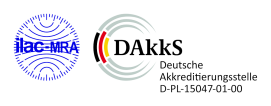

Precise & Traceable Calibration - ISO 17025
You can rely on the calibration in precision and traceability.
Gigahertz-Optik’s ISO/IEC 17025 calibration laboratory is accredited by DAkkS (D-K-15047-01-00), meeting ISO/IEC 17025 specifications for spectral responsivity and spectral irradiance.
The device offers different calibrations saved in the device:
- Calibration using a specially developed reference lamp with 2pi illumination. This gives you precise measurement of the luminous flux of diffusely emitting UV LEDs.
- Calibration for sources with narrower illumination characteristics.
- Optional calibrations on an external sphere, illuminacne adapter, etc.
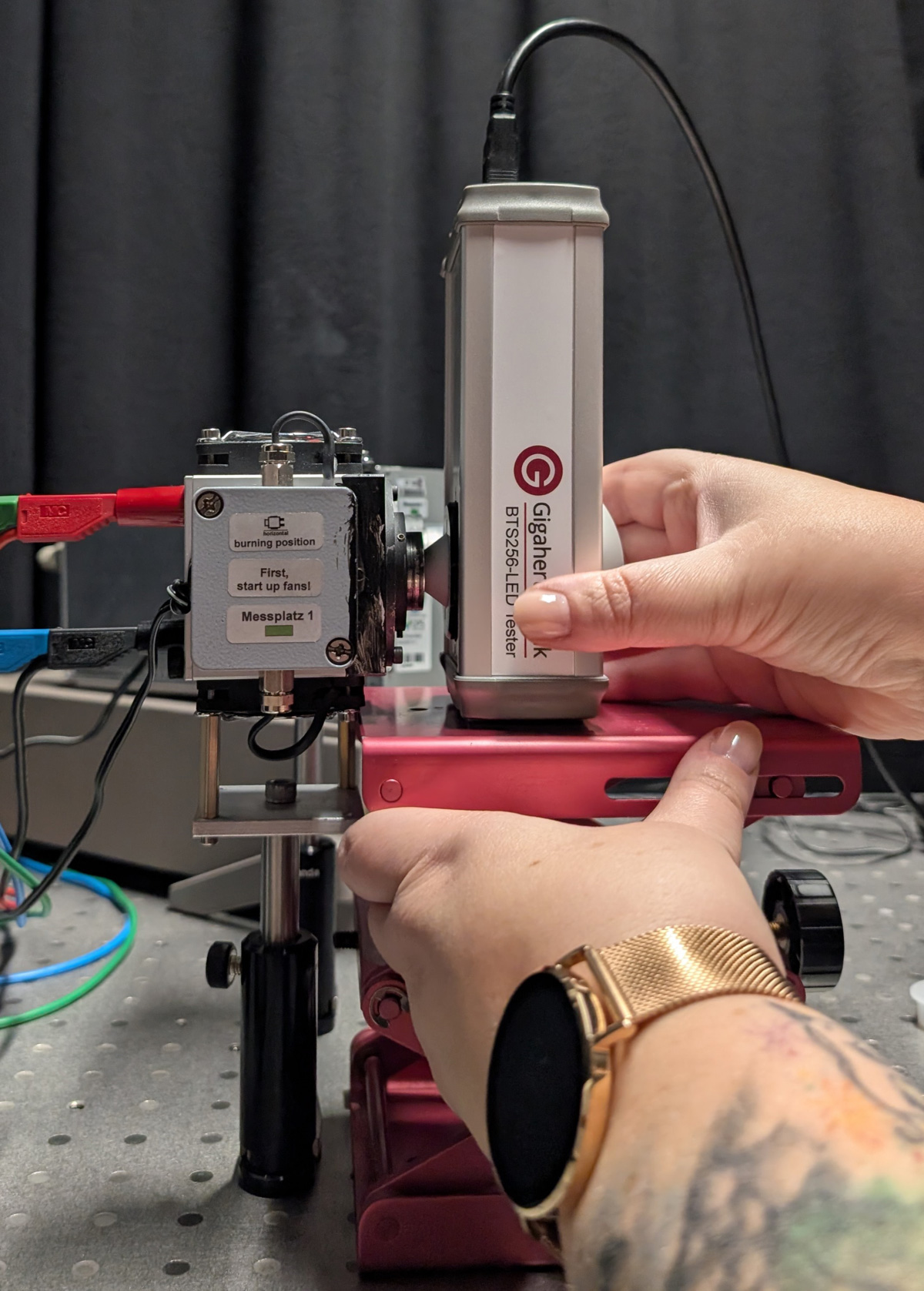
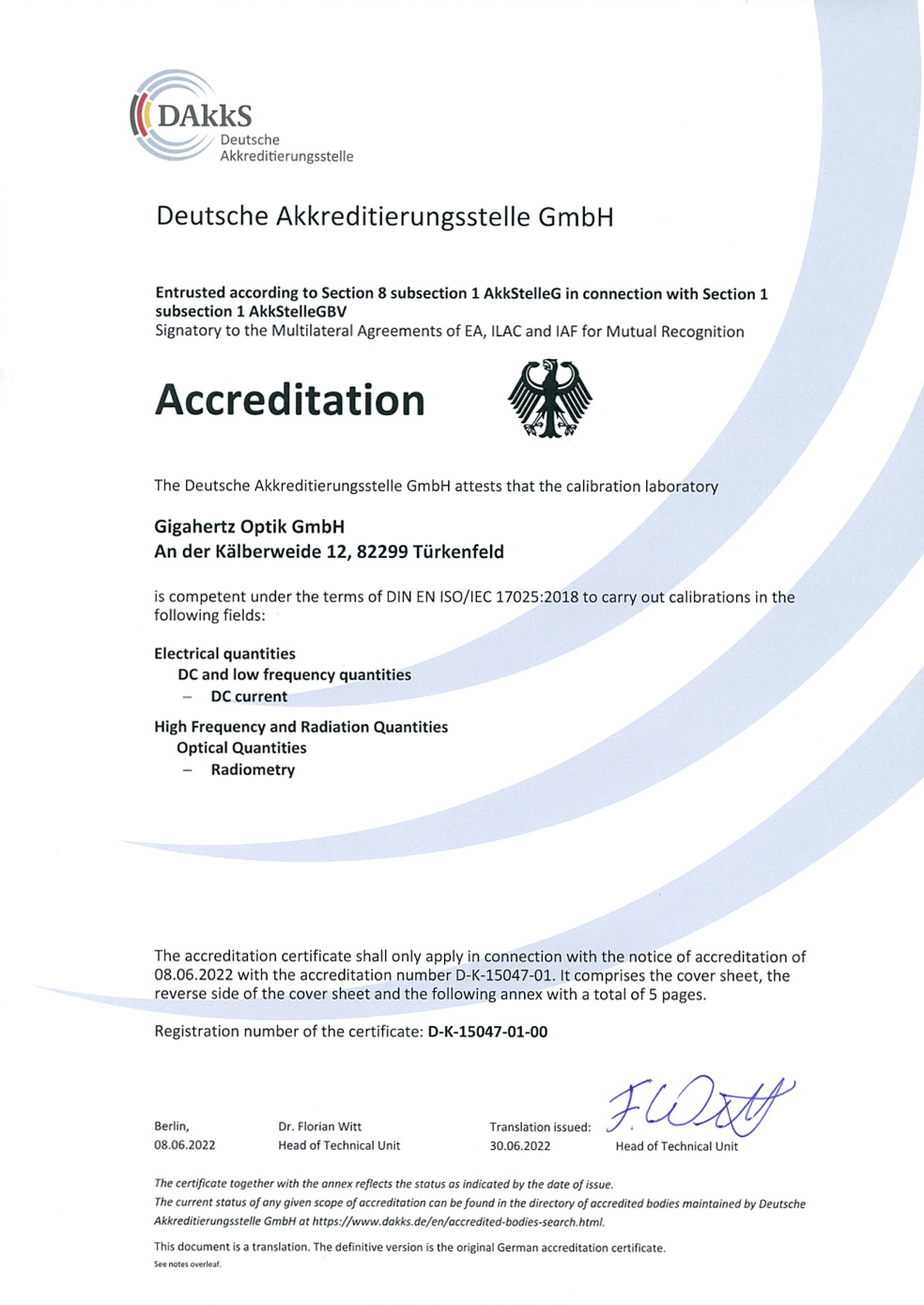
Further LED measurement solutions from Gigahertz Optik
Goniometer
Goniometer system for the luminous flux and light color measurement of individual 2π light emitting diodes. Adjustable measurement distance up to 2000 mm Compact Goniometer Spectral light meter with Bi-Tec sensor for accurate measurement of the luminous flux, spectral radiant power, CCT, CRI, chromaticity coordinates, IES, EULUMDAT, etc.
Attachable to larger integrating spheres for larger LED sources
Measurement system for the luminous flux and light color measurement of individual 2π light emitting diodes up to 63.5mm. Enhancement of the BTS256-LED using the ISD-21-V01 integrating sphere with auxiliary lamp. Of course also larger integrating spheres up to 1000 mm are possible which also provide 4Pi geometry.
Measurement of Flicker (Pst IEC TR 61547-1 and SVM IEC TR 63158)
The High Accuracy Flicker Meter and Spectral Luxmeter is a portable, splash-proof device designed for precise lighting measurements. With a sampling rate up to 200 kHz, it supports flicker analysis following standards like CIE TN-006, IEC TR 63158, and IEEE 1789-2015. It also measures illuminance, spectral irradiance, photopic and melanopic illuminance, PAR, CCT, CRI, and color coordinates. The advanced BiTec Sensor ensures accuracy, particularly for LED assessments. Optional WiFi connectivity enhances functionality, enabling remote access and data logging. Validated through intercomparison campaigns, this versatile tool is ideal for professional lighting analysis.
Spectroradiometer based DCP LED Test Station for Radiant Power of UV LEDs
DCP Method of IES LM-92 and currently ongoing CIE TC2-91 work for high precision UV LED measurements. SMU implemented for precise current settings for short pulses and sweeps. DCP Method implemented in application software, or as Python tool (SMU and spectroradiometer). 150 mm fluorescence-free integrating sphere and spectroradiometer with low stray light, ODM coating. Strongly recommended for UV LEDs, but of course also beneficial for VIS and NIR LEDs due to compensation of temperature effects.

